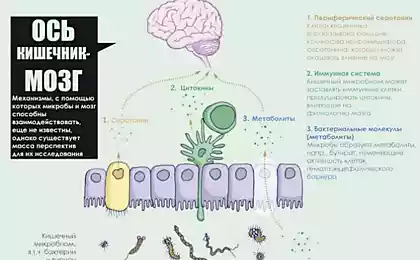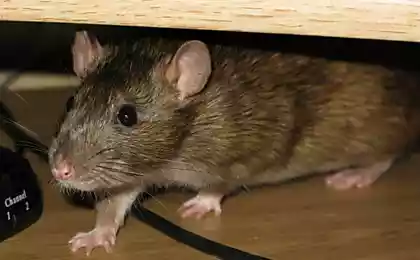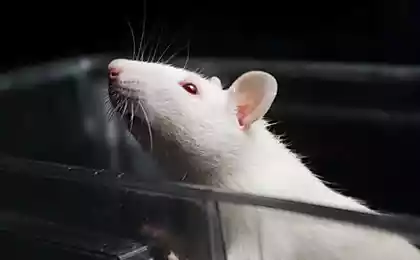446
Paralyzed rat with a severed spinal cord has learned to walk
Thirty two million three hundred ninety seven thousand five hundred twenty three
We have seen different exoskeletons that are using external force put on the legs paralyzed patients. Swiss scientists, in turn, has proposed a solution that instead of using bulky wearable design relies on the stimulation of the internal forces of the body.
The new device was tested on rats with completely paralyzed back legs due to damage of the spinal cord – the brain was cut in the middle. The study was conducted in the framework of the project NEUWalk under the guidance of specialists from the Federal Polytechnic school of Lausanne (Switzerland).
Researchers operate on the fact that the human body requires electrical current. The brain makes the body move by sending out electrical signals the spinal cord and nervous system. If the spinal cord is damaged, signals may not reach the extremities. The higher the degree of damage, the more paralyzed parts of the body.
The scientists found that feeding the signal through the flexible electrodes implanted into the part of the brain below the cut, you can force the limbs to move. However, this is not enough for the rat rose to his feet and went. For natural limb movement, the researchers had to adapt the electric current to the nervous system. Gait rodent depended on the frequency of the send pulses. Picking the right parameters, the researchers were able to teach a rat to go steady gait, and even to overcome obstacles, in particular with stairs, writes CNET.
Reportedly, clinical trials in humans could begin in the summer of 2015. The researchers plan to test the device on patients with partial spinal cord injury. They put on the support suit and put on a treadmill. All the movements of the patient will be monitored by cameras.
"Simple scientific discoveries of the nervous system can help to develop more effective neural prosthesis. We believe that one day this technology will significantly improve the quality of life of people suffering from neurological disorders," said study co-author, neuroscientist Silvestro of Miser.
Source: hi-news.ru
We have seen different exoskeletons that are using external force put on the legs paralyzed patients. Swiss scientists, in turn, has proposed a solution that instead of using bulky wearable design relies on the stimulation of the internal forces of the body.
The new device was tested on rats with completely paralyzed back legs due to damage of the spinal cord – the brain was cut in the middle. The study was conducted in the framework of the project NEUWalk under the guidance of specialists from the Federal Polytechnic school of Lausanne (Switzerland).
Researchers operate on the fact that the human body requires electrical current. The brain makes the body move by sending out electrical signals the spinal cord and nervous system. If the spinal cord is damaged, signals may not reach the extremities. The higher the degree of damage, the more paralyzed parts of the body.
The scientists found that feeding the signal through the flexible electrodes implanted into the part of the brain below the cut, you can force the limbs to move. However, this is not enough for the rat rose to his feet and went. For natural limb movement, the researchers had to adapt the electric current to the nervous system. Gait rodent depended on the frequency of the send pulses. Picking the right parameters, the researchers were able to teach a rat to go steady gait, and even to overcome obstacles, in particular with stairs, writes CNET.
Reportedly, clinical trials in humans could begin in the summer of 2015. The researchers plan to test the device on patients with partial spinal cord injury. They put on the support suit and put on a treadmill. All the movements of the patient will be monitored by cameras.
"Simple scientific discoveries of the nervous system can help to develop more effective neural prosthesis. We believe that one day this technology will significantly improve the quality of life of people suffering from neurological disorders," said study co-author, neuroscientist Silvestro of Miser.
Source: hi-news.ru























